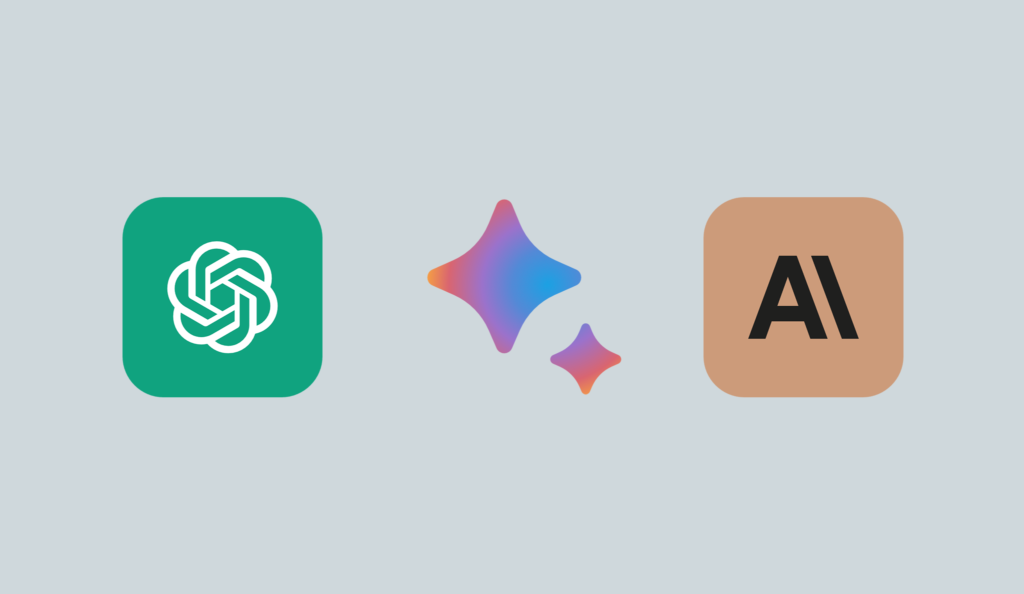Week 2 Introduction
This week we’ll dig into large language models and how they work. This week will be less technical than last week, and there will be about a dozen additional key topics to familiarize yourself with before class on Friday.
Weekly Activity: Part 1
For the part one of this week’s activity, there’s one video and one reading. The video is an hour long but is SUPER informative, and was created by Andrej Karpathy. Andrej is one of the technical founders of OpenAI (makers of ChatGPT, DALL-E, etc.) and is an extremely influential computer scientist. His Google Scholar shows his works have been cited over 62,000 times (and he’s only 37 years old!). His Twitter feed is possibly the single best source for keeping up with technical advancements in generative AI.
The reading this week is a great explainer article that covers the describes how to turn a neural network into a transformer and digs into how LLMs work.
As you work through the video and the article, watch for information that will help you answer the following questions:
- What are tokens?
- What is self-attention?
- What is pre-training?
- What is fine-tuning?
- What is a base model (or foundation model)?
- What is reinforcement learning with human feedback (RLHF)?
- How do LLMs use tools?
- What is an LLM jailbreak?
- What is prompt injection?
- What are LLM backdoor attacks?
Reading
Visual Storytelling Team and Murgia, M. (2023). Generative AI exists because of the transformer. Financial Times.
Video
Weekly Activity: Part 2
NOTE: If you don’t have a ChatGPT Plus account, I would highly recommend you get one to use for this class. If that’s not an option for you, and you’re not liking the tone of Bing Chat (or just want to mix things up), try Claude Chat from Anthropic (which was founded by people who formerly worked at OpenAI, makers of ChatGPT).
Start by reviewing any of this week’s key concepts you feel like you’re not understanding yet with your LLM. You might try asking your LLM to “explain it to me using _________ as an example” (whatever your favorite hobby is). You’ll might be surprised at the analogies it can create! Feel free to ask additional questions about last week’s topics or anything at all about AI in education. Some of the extra questions you asked last week were really awesome!
Then copy and paste the prompt below into your LLM (ChatGPT / Bing Chat / Claude) and answer the questions to complete the review. When you are finished, copy and paste the entire review conversation into Assignment 2: LLMs in Canvas. This assignment is due by 11:59pm Mountain on Thursday, Jan 18.
I've just finished studying about large language models. I'm trying to develop a solid conceptual understanding of the key ideas. Give me a quiz where you ask me the following questions:
- What are tokens?
- What is self-attention?
- What is pre-training?
- What is fine-tuning?
- What is a base model (or foundation model)?
- What is reinforcement learning with human feedback (RLHF)?
- How do LLMs use tools?
- What is an LLM jailbreak?
- What is prompt injection?
- What are LLM backdoor attacks?
- What is vector arithmetic in LLMs?
Ask me one question at a time and wait for my answer. After each answer, give me feedback on my answer and explain anything it seems like I don't understand. Then ask if I'd like additional information on that question. When I indicate I'm finished, ask me the next question.
Again, don’t worry! I’m not expecting you to master all the key concepts on your own. But I am expecting you to actively engage in this activity and give your best effort. This activity will be graded all or nothing – if you upload a review transcript that shows you engaged in the entire review process, you will get all 10 points.
Weekly Activity: Part 3
Finally, complete this week’s pre-class survey (should take < 2 minutes). This assignment is due by 9:00am Mountain on Friday, Jan 19.
Bonus: Just for Fun
Read the section Exploring how these things work with Word2Vec from Simon Willson’s article, and play around with the Word Algebra tool he links.
